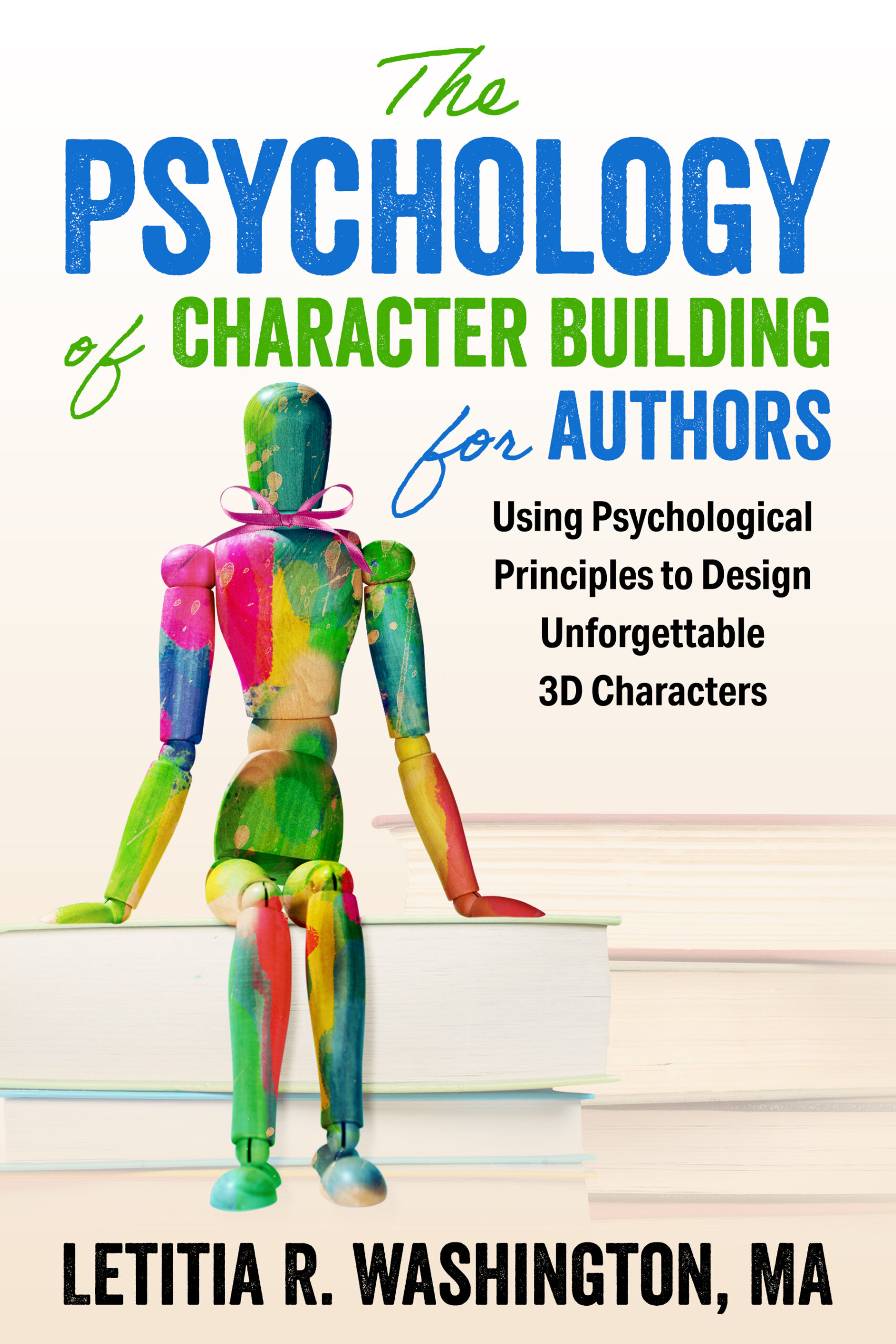Crafting Authentic Villains: The Heart of Compelling Conflict

Creating authentic villains is an art that breathes life into narratives, infuses tension, and drives stories forward. Villains, often the shadowy figures lurking in the periphery, can be as complex and multifaceted as protagonists. They should not merely serve as obstacles but as catalysts for growth and change, both for the story and its characters. Here, we delve into the intricacies of crafting authentic villains that captivate readers and elevate your storytelling.
Understanding the Villain’s Role
At the core of any memorable villain is their role in the narrative. A well-crafted villain is not just an antagonist but a character whose actions and motivations are integral to the story’s progression. They must challenge the protagonist in ways that force them to evolve. To achieve this, consider the following:
- Purpose and Motivation: Every villain needs a clear, compelling reason for their actions. This motivation should be rooted in their backstory, beliefs, and desires. Whether it’s revenge, ambition, or a misguided sense of justice, understanding why your villain does what they do makes them more relatable and less of a caricature.
- Conflict and Stakes: A villain’s actions should raise the stakes and create significant conflict. Their presence should disrupt the status quo and compel the protagonist to confront their deepest fears and flaws. This conflict drives the narrative and keeps readers invested.
Developing the Villain’s Backstory
An authentic villain is often a product of their past. A detailed backstory provides insight into their psyche and helps explain their motivations and actions. Consider these elements when crafting your villain’s history:
- Origins and Upbringing: Reflect on the villain’s early life. What events or experiences shaped their worldview? Traumatic events, familial influences, or societal pressures can all contribute to their current behavior.
- Turning Point: Identify a pivotal moment that set the villain on their path. This could be a betrayal, loss, or revelation that fundamentally altered their outlook on life and spurred them towards villainy.
- Complex Relationships: Explore the relationships that matter to your villain. Allies, mentors, and rivals can all play crucial roles in their development. These relationships add depth and can create intriguing subplots and dynamics.
Humanizing the Villain
To make a villain truly compelling, they need to be humanized. Readers should be able to see aspects of themselves or people they know in the villain. This does not mean justifying their actions, but providing a window into their humanity:
- Flaws and Vulnerabilities: No one is entirely evil or good. Give your villain weaknesses, fears, and insecurities. These elements make them more relatable and believable. A villain who struggles with self-doubt or who has moments of kindness can be particularly compelling.
- Sympathetic Traits: Introduce traits that evoke empathy. Perhaps the villain has a code of honor, shows kindness to certain individuals, or has a dream that, while misguided, is understandable. These traits can create a complex emotional response in readers.
- Internal Conflict: Show the villain grappling with their choices. Internal conflict adds layers to their character and can lead to unexpected moments of vulnerability or hesitation. This can make the villain more unpredictable and engaging.
Crafting Memorable Encounters
The interactions between your villain and other characters, especially the protagonist, are pivotal. These encounters should be charged with tension and reveal different facets of the villain’s personality:
- Dialogue: Use dialogue to reveal the villain’s intellect, wit, and philosophy. Sharp, memorable exchanges can make confrontations more impactful and highlight the ideological differences between the villain and protagonist.
- Actions and Decisions: The villain’s actions should consistently reflect their core motivations and personality. These actions should be significant and impactful, driving the plot forward and forcing the protagonist into difficult decisions.
- Symbolism and Imagery: Utilize symbolism and imagery to reinforce the villain’s presence and influence. Recurring motifs, colors, or settings associated with the villain can create a lasting impression and add to their mystique.
Avoiding Common Pitfalls
Creating an authentic villain involves avoiding clichés and ensuring your villain is as well-rounded as any other character. Here are some common pitfalls to avoid:
- One-Dimensional Evil: Avoid making your villain evil for the sake of being evil. Depth and complexity are crucial. Provide clear reasons for their actions and show their humanity.
- Over-the-Top Monologues: While dialogue is important, avoid clichéd villain monologues. Instead, focus on meaningful exchanges that reveal character and advance the plot.
- Lack of Agency: Ensure your villain is proactive rather than reactive. They should have clear goals and take decisive actions to achieve them. A passive villain is less compelling and poses less of a threat.
Dive Deeper into Character Building
Crafting an authentic villain is a delicate balance of complexity, relatability, and menace. By understanding their role, developing a rich backstory, humanizing their character, creating memorable encounters, and avoiding common pitfalls, you can create villains that not only enhance your narrative but also leave a lasting impact on your readers. An authentic villain is more than just an obstacle; they are a force that shapes the story and challenges the protagonist to their core.
If you’re eager to explore more about crafting authentic villains and other complex characters, I highly recommend checking out my book, The Psychology of Character Building for Authors. This comprehensive guide delves into the psychological underpinnings of character development, providing invaluable insights and practical techniques to help you create multifaceted characters that resonate with readers. Whether you’re a seasoned writer or just starting out, this resource will enhance your ability to craft memorable and authentic characters.
Happy writing!

